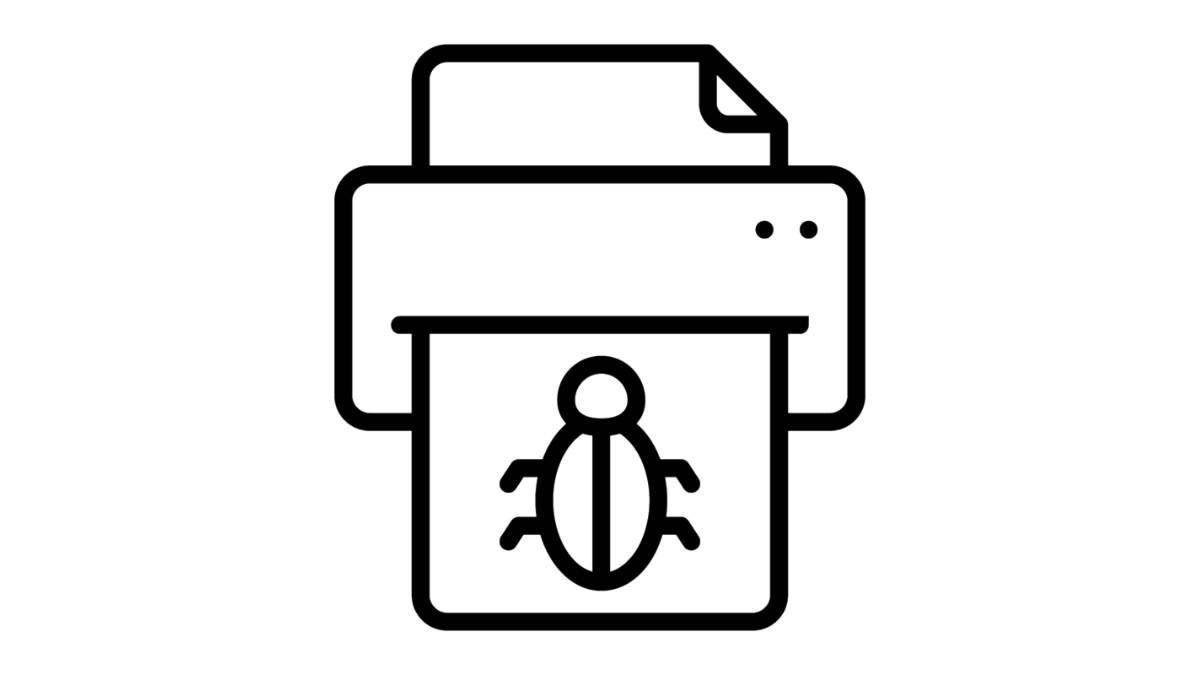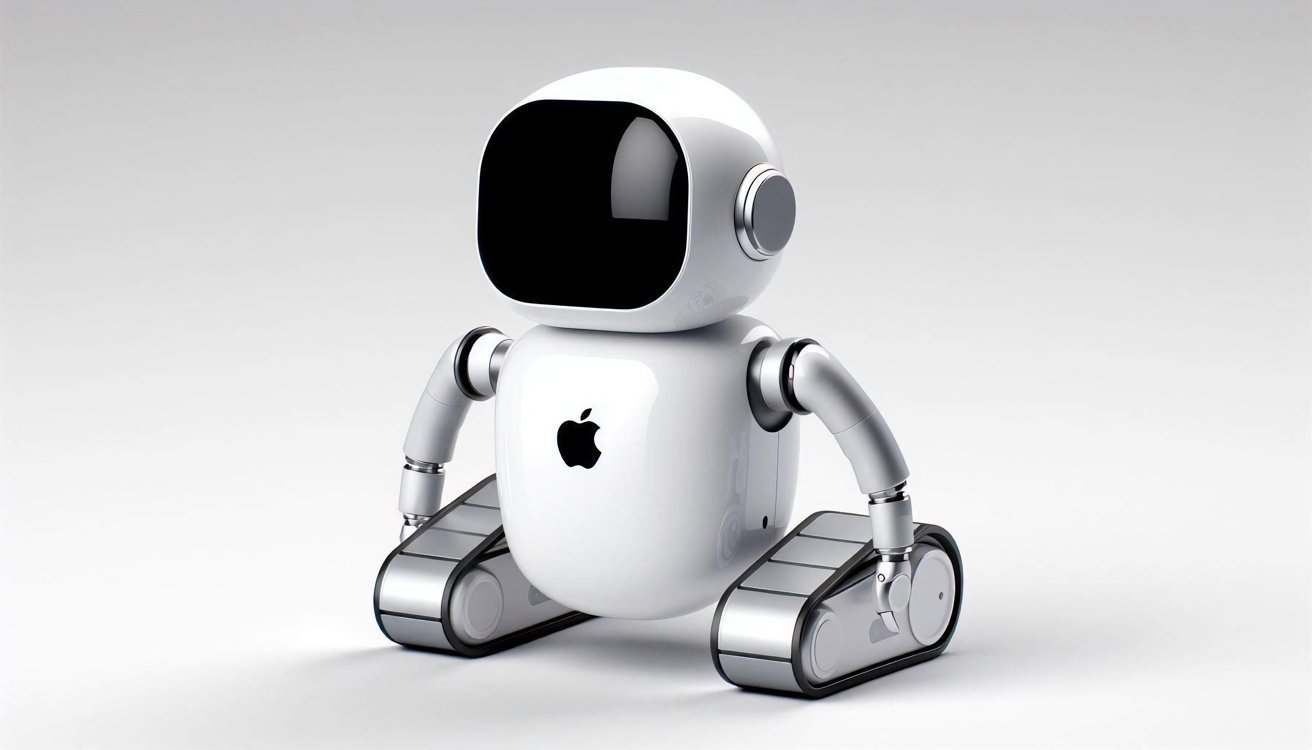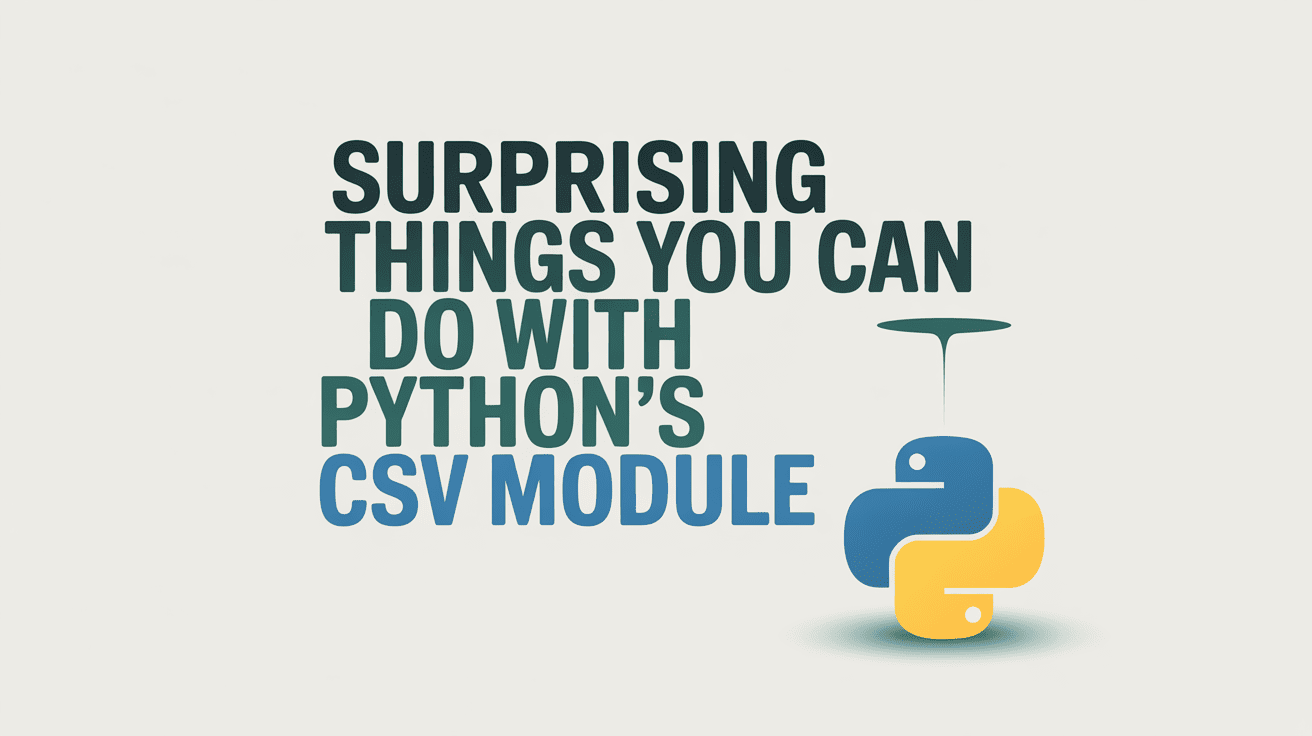Sustain Your Success: How to Prepare for the Unexpected Through AI Resilience
The AI revolution is reshaping how businesses innovate, operate, and scale. In an era where AI can catalyze exponential business growth overnight, the biggest risk is not being unprepared—it’s being too successful without the infrastructure to sustain it. Enterprises are shipping new features faster than ever before, but rapid growth without resilient infrastructure often leads […] The post Sustain Your Success: How to Prepare for the Unexpected Through AI Resilience appeared first on Unite.AI.


The AI revolution is reshaping how businesses innovate, operate, and scale. In an era where AI can catalyze exponential business growth overnight, the biggest risk is not being unprepared—it’s being too successful without the infrastructure to sustain it. Enterprises are shipping new features faster than ever before, but rapid growth without resilient infrastructure often leads to catastrophic setbacks.
As AI adoption accelerates, organizations must build a foundation that supports not just speed but sustainability. Resilient AI systems built on scalable, fault-tolerant architecture will be the foundation of sustainable innovation. This article outlines key strategies to ensure your success doesn’t become your downfall.
Success and Setbacks: The DeepSeek Lesson
Consider the rise and stumble of DeepSeek. After launching its flagship large language model (LLM) DeepSeek R1 in January, rivaling OpenAI's O1 model, DeepSeek rapidly garnered unprecedented demand. It quickly became the top-rated free app available, surpassing ChatGPT.
However, just as quickly as the company saw success, it experienced major setbacks. An unplanned outage and cyberattack on its application programming interface (API) and web chat service forced the company to halt registrations as it dealt with massive demand and capacity shortages. It wasn’t able to resume registrations until nearly three weeks later.
DeepSeek’s experience serves as a cautionary tale about the critical importance of AI resilience. Performance under pressure isn’t a competitive advantage—it’s a baseline requirement. Outages are nothing new, but in just the past few months, we've seen major disruptions to the likes of Hulu, PlayStation, and Slack, all of which led to unsatisfactory user experiences (UX). In today’s fast-paced technological landscape, where AI-driven applications and systems are integral to business success, the ability to scale and innovate quickly is only as strong as the resilience of your infrastructure.
Resilient AI, Resilient Business
AI resilience is the backbone of always-on and adaptive infrastructure built to withstand unpredictable growth and evolving threats. To build infrastructure resilient enough for rapid, large-scale AI success, companies need to address AI’s unpredictable nature. Resilience is not only about uptime—it’s about sustaining competitive velocity and enabling tenable growth by ensuring systems can handle the scaling demands of an AI-driven world.
In the past, the industry had more time to adapt to new technology waves and growth. These shifts moved at a steadier pace, allowing companies to adjust and expand their infrastructure as necessary. For example, after the personal computer (PC) became widely available in 1981, it took three years to reach a 20% adoption rate and 22 years to reach 70% adoption.
The internet boom began in 1995 and grew at a faster pace, with adoption rising from 20% in 1997 to 60% by 2002. As Amazon introduced Elastic Compute (EC2) in 2006, we saw hybrid cloud adoption increase to 71% ten years later, and as of 2025, 96% of enterprises employ public cloud solutions while 84% use private cloud.
The AI boom has surpassed these growth rates in record time; technologies now scale at an unprecedented pace, reaching widespread adoption within hours. This rapid compression of growth cycles means organizations’ infrastructure must be ready before demand hits. And in today’s cloud-native landscape, that’s not easy. These architectures rely on distributed systems, off-the-shelf components, and microservices—each of which introduces new fault domains.
AI is fueling success at unprecedented speed. However, if that success rests on brittle foundations, the consequences are immediate.
Adopting AI Resilience
Since the rapid adoption of AI took off, businesses have focused on integrating AI into their systems. However, this process is ongoing and can be complicated. Continuous monitoring and learning are crucial for long-term AI success, especially since any disruption, no matter how small, can be amplified for users.
To stay competitive, businesses need to ensure their AI-powered applications scale efficiently without compromising performance or user experience. The key to success lies in continuously evolving AI models within modern databases while ensuring a balance between efficiency and reliability. This balance can be achieved through techniques such as data sharding, indexing, and query optimization.
The real challenge lies in strategically adopting these technologies at the right time in the growth journey. Leveraging predictive analytics and maintenance is crucial, as it enables the system to forecast potential failures, like outages, and activate preventive measures before an actual breakdown occurs.
Cloud-native frameworks can be leveraged to optimize AI resilience by allowing systems to scale efficiently and adapt to changing demands in real-time. Cloud-native architectures use microservices, containers, and orchestration tools, which provide the flexibility to isolate and manage different components of AI systems. This means that if one part of the system experiences a failure, it can be quickly isolated or replaced without affecting the overall application.
Balancing innovation with preparedness will help maximize AI's potential, ensuring that integration supports long-term business goals without overwhelming resources or creating new vulnerabilities.
AI and the Next Phase of Automation
AI’s ability to iterate innovation at a rapid pace has upended the technology landscape, therefore success has become increasingly attainable, but harder to sustain. As a result, we can expect more frequent outages as AI and cloud technologies continue to evolve together. Rapid integration of AI without proper preparation can leave companies vulnerable to disruptions, potentially leading to substantial failures. Without proactive defenses in place, the risks associated with AI deployment – such as system failures or performance issues – could quickly become commonplace.
As AI continues to be woven into the fabric of enterprise applications, organizations must prioritize resilience to safeguard against these potential pitfalls. The impact of any disruption will only grow as AI becomes more embedded in critical business processes.
To stay ahead of the market, businesses must ensure their AI solutions are scalable, secure, and adaptable. Other iterations of AI like artificial general intelligence (AGI) are in the pipeline. AI is no longer in its ‘gold rush’ phase – it’s here, ingrained, and reshaping industries in real time. This means that AI resilience should also become a permanent fixture, essential for sustaining long-term success.
AI is at a pivotal point, where business leaders are at the intersection of prioritization and innovation. Organizations that prioritize resiliency by handling failures, enabling rapid recovery, and ensuring efficient scaling in their AI infrastructure will be well-equipped to navigate this new, complex, AI landscape. Continuously iterating on that infrastructure will further help them maintain a competitive edge.
The post Sustain Your Success: How to Prepare for the Unexpected Through AI Resilience appeared first on Unite.AI.











































































![Apple Leads Global Wireless Earbuds Market in Q1 2025 [Chart]](https://www.iclarified.com/images/news/97394/97394/97394-640.jpg)

![OpenAI Acquires Jony Ive's 'io' to Build Next-Gen AI Devices [Video]](https://www.iclarified.com/images/news/97399/97399/97399-640.jpg)














![YouTube rolling out updated miniplayer on Android, iPhone [U]](https://i0.wp.com/9to5google.com/wp-content/uploads/sites/4/2024/11/YouTube-Android-app-1.jpg?resize=1200%2C628&quality=82&strip=all&ssl=1)






























































































.webp?#)






_Alan_Wilson_Alamy.jpg?width=1280&auto=webp&quality=80&disable=upscale#)

















































































































![[The AI Show Episode 148]: Microsoft’s Quiet AI Layoffs, US Copyright Office’s Bombshell AI Guidance, 2025 State of Marketing AI Report, and OpenAI Codex](https://www.marketingaiinstitute.com/hubfs/ep%20148%20cover%20%281%29.png)


































































































































































![How to make Developer Friends When You Don't Live in Silicon Valley, with Iraqi Engineer Code;Life [Podcast #172]](https://cdn.hashnode.com/res/hashnode/image/upload/v1747360508340/f07040cd-3eeb-443c-b4fb-370f6a4a14da.png?#)

































































































